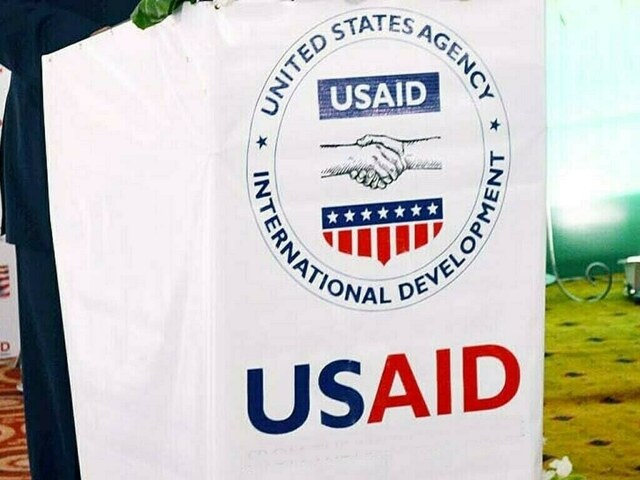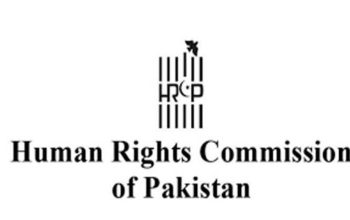KARACHI: A small village in southern Pakistan, where light after sunset was once a rare luxury, now glows with steady electricity generated by wind power. Jhimpir, a town once overlooked, now stands as a beacon of renewable energy, thanks to collaboration between the United States and Pakistan.
This transformation is part of a series of clean energy initiatives led by the United States Agency for International Development (USAID), reshaping Pakistan’s power grid and advancing its climate resilience goals, according to a USAID official.
With Pakistan among the nations most affected by climate change, the need to transition from fossil fuels to renewable energy is urgent. USAID’s efforts have been instrumental in this shift, modernising critical infrastructure and promoting innovative energy solutions across the country.
The official said they upgraded the Tarbela and Mangla dams, enhancing their efficiency to meet growing energy demands. At Tarbela, improvements in turbines and systems added 128 megawatts of electricity to the grid.
Mangla Dam also received significant investments, extending its lifespan and reducing dependency on imported fuels. These upgrades not only strengthened Pakistan’s hydropower capacity but also contributed to its clean energy goals.
In the tribal regions near the Afghan border, USAID’s work on the Gomal Zam Dam provided 17.4 megawatts of electricity while transforming local agriculture. The dam’s capacity to control floods and irrigate thousands of acres of farmland made it a lifeline for communities in the area, reducing disaster vulnerability and improving livelihoods.
USAID’s $43 million investment in a transmission line at Jhimpir unlocked over 780 megawatts of wind energy. By connecting wind farms to the national grid, USAID sparked private investment and established Pakistan’s first wind energy corridor. Jhimpir’s turbines now provide electricity to homes while boosting local economies and creating jobs.
To tap into Pakistan’s solar potential, USAID partnered with local banks to facilitate loans for solar projects, unlocking $2.5 billion in private investment. Transparent renewable energy auctions further attracted international developers, ensuring progress toward Pakistan’s goal of sourcing 30% of its energy from renewables by 2030.
USAID introduced smart meters across Pakistan’s grid, reducing electricity losses and improving billing accuracy. Training programs and collaborations with the Ministry of Climate Change strengthened local capacity to manage renewable energy projects and sustain their benefits.
From hydropower to wind and solar energy, USAID’s projects have laid the groundwork for a cleaner and more sustainable energy future in Pakistan. These efforts reflect a shared vision to combat climate change while meeting the energy needs of millions.
“USAID’s partnership with Pakistan underscores our commitment to a sustainable and equitable future,” the official said. As Pakistan pursues its renewable energy targets, the foundations laid by these initiatives promise lasting benefits for generations to come.
Copyright Business Recorder, 2024
Read the full story at the Business Recorder - Latest News website.



